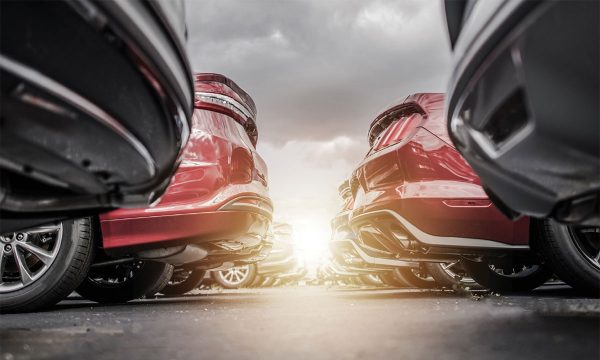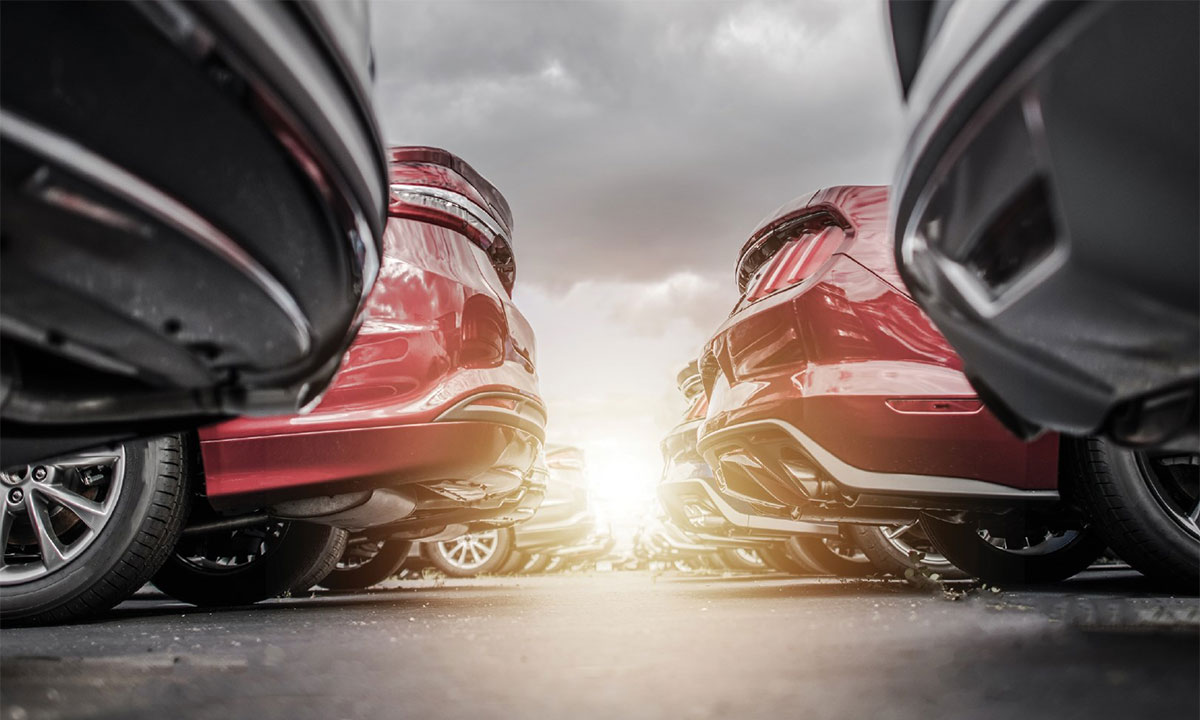There’s a lot of change in the air and dealers are thinking their way through it
As we sit here in the first quarter of 2023, having lived through two tough years of uncertainty, what can we expect in the coming year?
This is not an easy question to answer since our macro business environment in general, and the automotive retail environment, of particular interest to us, are on shaky ground.
Geopolitical instability is the macro headline. Russia and Ukraine do not seem close to resolving their significant differences. The fallout from their actions is being felt right around the world.
Add to that the rumblings of China invading Taiwan along with North Korea’s long-range missiles and nuclear programs and challenges to NATO and you get a volatile environment which could erupt at any time. Here in North America, after years of pursuing globalization, focus seems to have returned to domestic production.
On the Canadian front, higher interest rates will be here longer than expected as central banks attempt to tackle inflation. Price inflation is being felt across all sectors of the economy.
This is putting pressure on our business expenses and cost of capital expenditures. More importantly, it affects vehicle affordability as consumers contend with across-the-board higher costs. On the other end of the inflation spectrum, wage inflation is putting pressure on employer P&L’s and thus adding fuel to inflation. Higher wages mean higher prices, higher prices increase inflation. It’s a vicious circle.
Macro issues aside, we are beginning to work our way out of the pandemic from a day-to-day health restrictions standpoint. Although COVID-19 is still circulating, there is a laissez faire attitude that has developed among Canadians.
In most industries, absentee employees are more common today than before and dealerships are no exception forcing businesses to make staffing modifications daily.
My discussions with dealers these days centres around decision-making. To say there is anxiety and confusion about the future would be accurate. The cerebral challenge is both short-term versus long-term. There is pressure to preserve or increase today’s market share balanced with long-term investment and commitment. As a group, in my opinion, dealers are more concerned about determining the long-term and less so about managing through the short-term.
Dealers are being asked to make capital investments on many fronts to prepare for the proposed changes impacting vehicle fleets and brand specific competition.
New and used internal combustion engine powered vehicles will still be in our showrooms and on our roads for a long time. This will provide us with ongoing variable and fixed operations revenues for years to come.Simultaneously, alongside our ICE vehicles will be electrified vehicles.
A whole new model line-up with all the configurations will eventually create consumer demand and many new business opportunities. This creates a whole new customer electrification enlightenment strategy in our stores.
Dealers will need to lead retail customers through a new journey, taking more time with them and assisting them with understanding and demystifying electrification misinformation.
On the back end of our business, our technicians will be retrained as we ask them to work with heightened electrical health and safety elements. In many cases, our current facilities will need modification to meet heightened vehicle and electrical requirements.
On the surface, the future is an exciting one with many new possibilities and opportunities as consumers and dealers embrace the new world of electrification while continuing to live in harmony with ICE vehicles. It should attract new people to our staffing ranks where working with modern vehicles in dealerships will be seen as a great career opportunity.
Many of the concerns expressed to me deal with transition and future roles. This is because the transition is not clear. This is where brands differences become reality. As I wrote in Driving the road ahead, a view into the future of Canadian automobile retailing a few years back, all brands will not go forward in the same direction at the same time and some brands might not change at all.
Product will soon flow to our lots allowing us to deliver on our customer order banks and possibly build a small inventory of new vehicles on hand by the end of 2023. The inventory availability for most brands should soon be at reasonable levels.
Many dealers had robust 2021 and 2022 financial results. In addition to expense control and rationalization, short supply helped keep margins high and as importantly began to train the customer to order vehicles.
Customers were eager to make appointments with sales personnel and reserve a vehicle for future delivery. Hopefully, delivery times will be shorter in the future. Dealers, however, cannot lose sight of the efficiency this process produced.
Of concern to dealers is the fact that some brands want a bigger part of the retail side of the business. The important role of the dealer cannot be minimized in most customer journeys. Sure, we all shop online at one time or another.
The pandemic introduced many people to alternative shopping possibilities. When stores were closed to instore shopping there was little alternative. Online was the only option.
Looking ahead, online will certainly remain as a tool for research and for some it will be their only source of retail transactions. The vast majority, however, will use more than one channel, both online and offline depending on what they are looking to buy and where they are. For vehicles many consumers opt for an online / offline approach. It’s part of omnichannel retailing.
To date both dealers and their brands independently engage in some degree of online retailing. Some brands are looking to play a bigger role in the customer journey than they have in the past. This is made possible by rapid advances in fintech and data management capabilities.
But as we know, auto retail is not simple, and vehicles are expensive. Consumers do not want to make mistakes and many consumers look for assistance from local dealerships to help them make the right decision.
It’s not the same situation as shipping back your online orders if you are not happy with what was delivered to you. So, each individual consumer will decide at the end of the day what percentage of online/offline works for them.
This leads me to believe that a closer partnership between brand owners and their dealers is the right way to go. However, there is no one size fits all solution.
It will require a paradigm shift for some brands and dealer networks. Nonetheless, dealers and brands are both after the same result, a solid return on investment, repeat customers and enterprise value creation. Working together does not mean one side gets the upper hand over the other.
Working together means that dealers and brands are both successful, jointly meeting customer needs and wants along a flexible journey.
So where do we go from here? Don’t sweat the macro issues, they are out of your control.
As our businesses begin to return to a new normal, in the short-term we cannot lose sight of the positive shifts in our dealership operations discovered during the pandemic. Don’t go back to the old ways but embrace new realities.
As for the longer-term, remain part of the conversation and develop a closer relationship with your brand. Understand where they are headed. At the end of the day, you are both on the same team, seeking the same outcomes.





